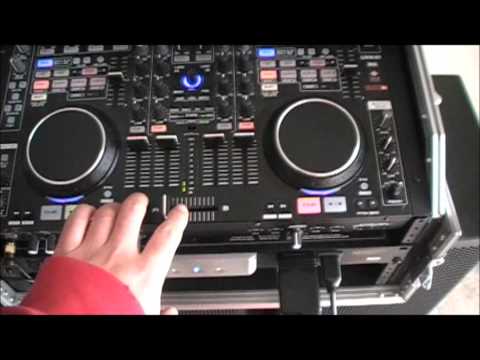
I’m glad that I can finally provide something for them! I’ve always received at least a few messages each week via email, Facebook, Twitter, YouTube, and so on.

The demand for a Mac version has always seemed pretty high, if my inbox is any indication. Has there been a high demand for a Mac version and was this part of the motivation? Eduard’s framework took care of all the “boring” stuff that I’d been putting off for years, and allowed me to focus on all the fun features instead. While brainstorming ideas in the office one day, it quickly became obvious that the framework could be extended to support building VST and AU plugins, so that’s when Glitch 2 really started to come to life. taktik), the creator of Renoise, has built up this really nice cross-platform application framework over the ten-plus years that Renoise has been in development. I’ve spent the past couple of years living in Berlin, providing support and some additional programming for Renoise ( ). The last update to that series was 1.3.5, which I released in February 2010. The version of the plugin that most people are probably familiar with – version 1.3 – was released in April 2006, followed by some updates later in the year, and then it was quiet for a while. The first plugin version of Glitch was released in September 2005. I’ve always intended to continue releasing new versions, but other commitments and situations in life tend to get in the way, so I simply work on it whenever I have the time and energy to do so. Generally speaking, it’s always been an on-again off-again project for me. In this spotlight, we sat down with creator Kieran Foster to find out what’s new with his software, and discuss all things glitchy. Not only does the new version bring the effect to the Mac platform for the first time, it also adds powerful randomization features, a pattern editor, and improvements to it’s effect modules. Given that the last update to Glitch was in 2010, many assumed that development had been discontinued, and that a Mac version would never come.

Mac users had to look on enviously, or find alternatives such as Sugar Bytes’ Effectrix.

While the individual effects were very cool, it was the ability to automatically turn them on and off, in sync with a DAW, that really made it stand apart. This powerful design, along with an attractive price (free!) made Glitch beloved among sound manglers and audio experimentalists–but only if they were PC users.

When Glitch first came out in 2005, it was a novel concept: a multi effects unit combined with a sequencer for enabling and disabling the effects. In this VST spotlight we look at the Glitch 2 multi-effect plug-in, and we chat with creator Kieran Foster to find out what’s new with his software, and discuss all things glitchy.


 0 kommentar(er)
0 kommentar(er)
